Scientific name Paralititan Rank Genus | Phylum Chordata Clade †Neosauropoda Higher classification Titanosauridae | |
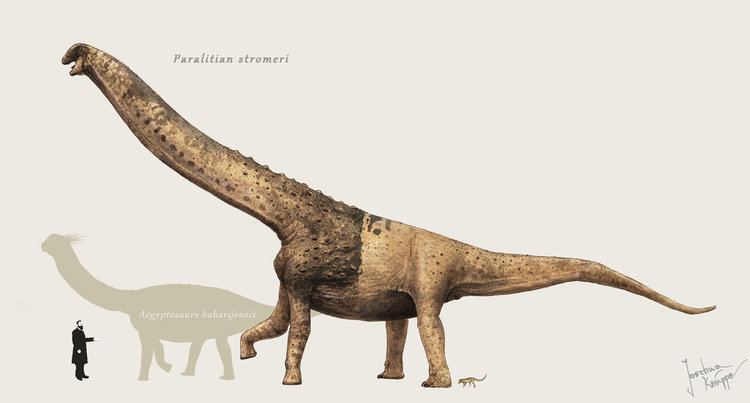 | ||
Similar Dinosaur, Aegyptosaurus, Argentinosaurus, Puertasaurus, Sauroposeidon | ||
Paralititan
Paralititan (meaning "tidal giant") was a giant titanosaurian sauropod dinosaur genus discovered in coastal deposits in the Upper Cretaceous Bahariya Formation of Egypt. It lived between 98 and 93 million years ago. It was called by one science journalist "what appears to have been the second largest known creature ever to walk on Earth."
Contents
- Paralititan
- Paralititan shunosaurus tiny dino world 44
- Etymology
- Description
- Ecology
- In popular culture
- References
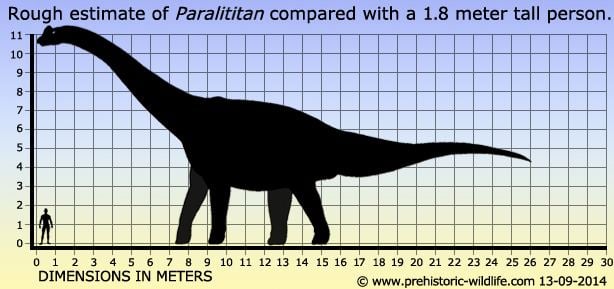
Paralititan shunosaurus tiny dino world 44
Etymology
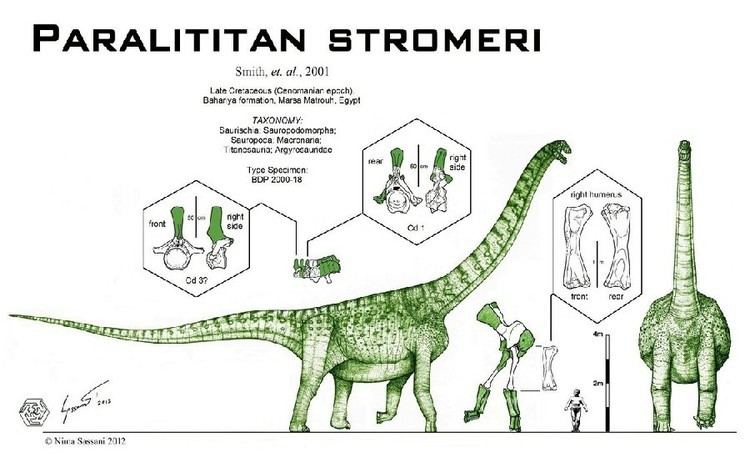
Joshua Smith and his fellow discoverers called it Paralititan stromeri, which means "Stromer's tidal (Greek para + halos "near sea") titan" or "Stromer's tidal giant". It was named by Joshua B. Smith, Matthew C. Lamanna, Kenneth J. Lacovara, Peter Dodson, Jennifer R. Smith, Jason C. Poole, Robert Giegengack and Yousri Attia in 2001 to honor Ernst Stromer von Reichenbach, a German paleontologist and geologist who found dinosaurs in this area in the early 1900s.
Description
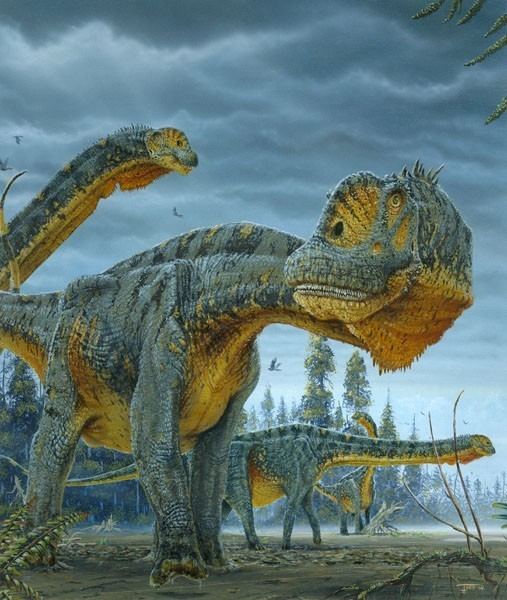
The fossil represents the first tetrapod reported from the Bahariya Formation since 1935. Its 1.69 meter (5.54 ft) long humerus is longer than that of any known Cretaceous sauropod.
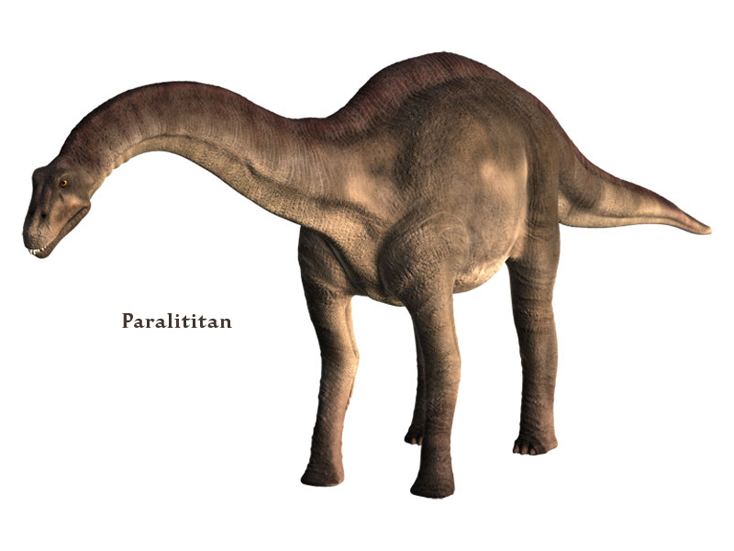
Smith, who led the research team that found the dinosaur fossils, told an interviewer, "It was a truly enormous dinosaur by any reckoning."
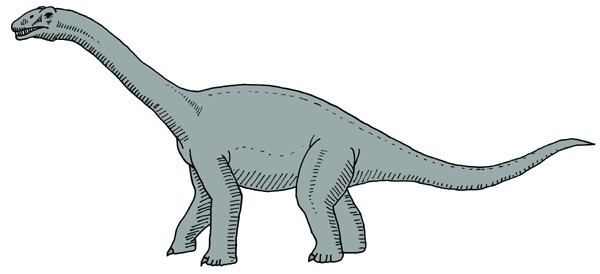
Little of Paralititan is known, so its exact size is difficult to estimate. However, the limited material suggests that it is one of the most massive dinosaurs ever discovered, with an estimated weight of 59 t (65 short tons). Using Saltasaurus as a guide, Carpenter estimated its length at around 26 m (85 ft). Scott Hartman estimates an animal that is massive, but still smaller than the biggest titanosaurs such as Puertasaurus, Alamosaurus, and Argentinosaurus. Like other titanosaurs, it had a wide-gauge stance and may have possessed osteoderms for defense. The Paralititan type specimen appears to have been scavenged by a meat-eater. It is also possible that Paralititan was hunted by large predatory dinosaurs such as, Bahariasaurus, Carcharodontosaurus, and Spinosaurus, though this would only be possible if the mentioned predators were able to hunt in groups of at least several individuals.
Ecology
The autochthonous, scavenged skeleton was preserved in tidal flat deposits containing fossil mangrove vegetation. The mangrove ecosystem it inhabited was situated along the southern shore of the Tethys Sea. Paralititan is the first dinosaur demonstrated to have inhabited a mangrove biome. It lived at approximately the same time as giant predators Carcharodontosaurus, Spinosaurus, and the sauropod Aegyptosaurus.
It was a ground-dwelling herbivore.
In popular culture
Paralatitan was featured in Monsters Resurrected and two episodes of Planet Dinosaur.
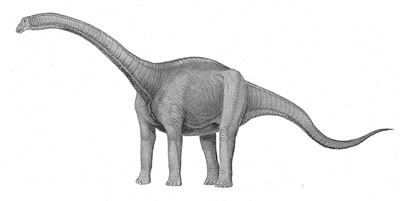
The discovery of Paralititan is chronicled in the 2002 documentary The Lost Dinosaurs of Egypt, narrated by Matthew McConaughey, and in the companion book The Lost Dinosaurs of Egypt: The Astonishing and Unlikely True Story of One of the Twentieth Century's Greatest Paleontological Discoveries.
